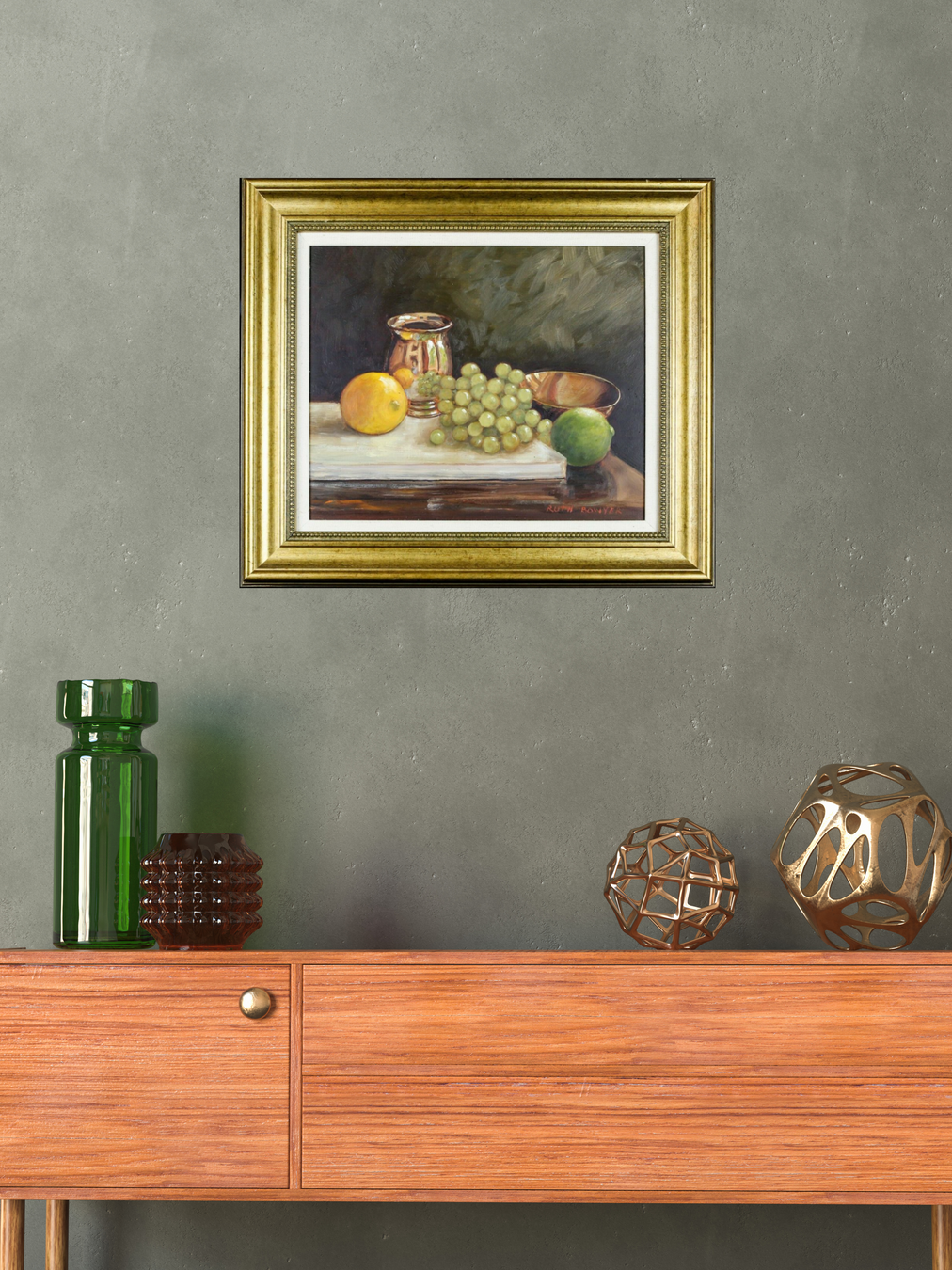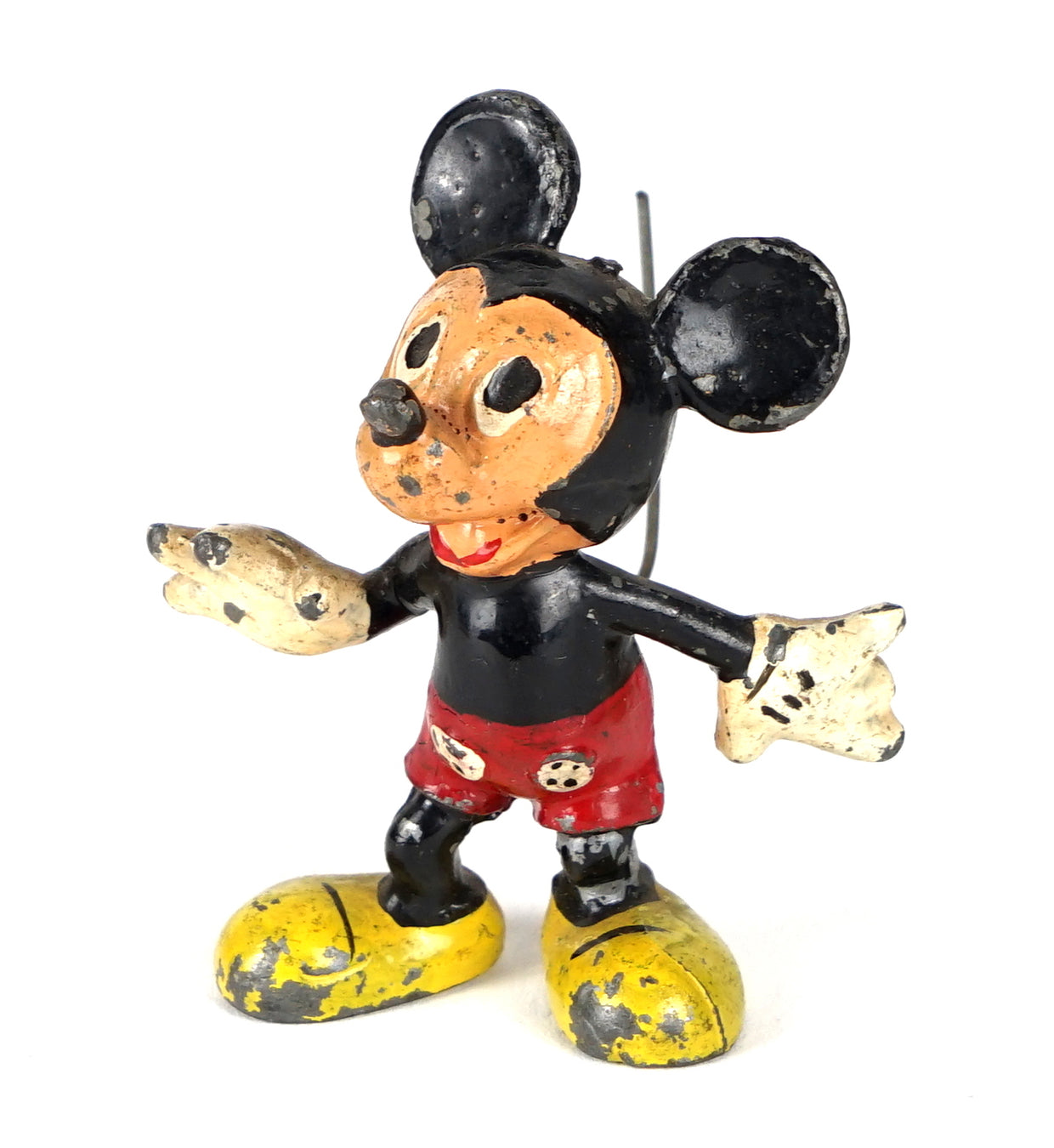Sell Your Collectables

An Expert Guide To Buying Signed Lowry Prints
For those who cannot afford an original work by Laurence Stephen Lowry (1887-1976), then a signed limited edition print produced with the permission and oversight of the artist or his estate is a welcome and more affordable alternative. This guide will delve into the essential elements of buying signed Lowry prints, focusing on authentication and the importance of condition.

Market Overview
"Prices for signed limited edition Lowry prints have generally mirrored the trajectory of Lowry's original paintings," notes Phil Mires, founder of PM Antiques & Collectables, a retailer that has featured numerous signed prints by the iconic 'matchstick man' in recent years.
“Lowry’s work really needs no introduction - he is perhaps the best-known British artist of the 20th century and his pictures are immediately recognisable” says Mires. “But rising prices also reflect a general resurgence of interest in Northern school of 20th century artists that has aided the commercial fortunes of painters such as Sheila Fell, Fred Yates and Norman Cornish.”
The soaring prices of Lowry's original works and the media coverage surrounding record auction results have also contributed to the rising value of his signed limited edition prints. For instance, in 2022, copy of the classic football crowd scene ‘Going to the Match’, from an edition of 300, published by The Medici Society in 1972 sold in the print for £31,000 - a new auction record for any Lowry print. The value of each print can vary significantly based on the style, subject, edition size and condition, with signed limited editions typically priced between £2,000 and £7,000.

Mires emphasises that Lowry limited edition prints are quite different from the many standard reproductions of Lowry works that, printed in many sizes and in open editions, have little more than decorative value. He considers ‘Britain at Play’ (illustrated above), a print after the oil of 1943 recently sold for £3700. “There’s a lot of information that confirms it is a genuine Lowry print - it has the Fine Art Trade Guild blind stamp lower left and is signed by the artist in pencil lower right. Information you cannot see on the print is that was published by Mainstone Publications of Norfolk and printed by Beric Press in Sussex.”
Blind Stamp / Edition Number
All bar a handful of genuine Lowry prints are ‘blind stamped’ into the paper typically by the Fine Art Trade Guild - the trade association founded in 1847 to monitor standards in print publishing in fine art. This impressed stamp appears as a rectangular box containing an image of a gentleman, accompanied by three letters. These three letters can be decoded via the FATG website to decipher the print’s edition number. For prints signed by Lowry, the blind stamp is usually placed in the bottom left corner; for unsigned prints, it’s typically centred.

It is worth noting, though, that some prints, such as 'An Industrial Town' (illustrated below) and 'St Luke’s Church' are numbered in pencil rather than bearing a FATG blind stamp.

Every limited edition print will either have a FATG blind stamp or a pencilled edition number, bar one notable exception: the 'Mill Scene', published by The Observer in 1972 and released in an edition of 750. This particular print does not possess a FATG blind stamp or an inscribed edition number.
Lowry's Signature
Not all Lowry prints are signed; however, the signed limited editions hold the greatest value and desirability. As many as 33 of the edition prints were unsigned, some of them produced posthumously with permission from the Lowry estate.
Using a soft pencil (or occasionally a ballpoint pen) Lowry put his signature to the margin of over 35,000 lithographs and reproduction prints of at least 70 of his paintings and drawings during his lifetime. Although some of the images were painted as easy as the 1920s, most of these prints were published in his later years - typically the 1960s and 70s.

The presence or absence of the artist’s signature and the FATG blind stamp or edition number are key indicators of a limited edition print's authenticity.
Publishers And Printers
Lowry prints were published (promoted and sold) by a large number of galleries and institutions - more than 20 have been identified. Some firms such as Venture Prints, and the Adam Collection producing numerous prints and others produced just one or two.
The actual printing was undertaken by a number of fine art specialists including the Curren Press, Beric Press, the Cavendish Press, the Austrian firm Max Jaffe or Wolfsensberger AG of Zurich.
The artist and publisher could choose both the size of the edition and whether the prints would be signed.

'Ferry Boats' (above) was published by Venture Prints in 1972.
Editions
Most Lowry prints were created in runs from 300-850 but there are exceptions. Among the earliest of Lowry prints is Punch and Judy printed in 1947 as part of the Brenda Rawnsley’s School Prints project. Printed in a large edition of 6000 they were sold for around £3 each. It was later reissued in 1972 as a signed print in a run of just 75. The original painting of 1943 sold in 2018 for just under £1m. The smallest runs were the series of 16 monochrome lithographs published in editions of just 75 by Ganymed Original Editions in the 1960s. The simple matter of demand and supply marks these among the most desirable of all Lowry prints however they are also - in art historical terms - among the most interesting. Lowry created the drawings specifically for the project.
The size of the edition doesn’t strictly dictate the selling price; rather, it’s a combination of scarcity and the print's style and subject matter that influences desirability and subsequently, value. Some of the most desirable prints are in editions of 650 to 850, such as 'The Cart' and 'Berwick on Tweed' (illustrated below).

Condition
Condition holds significant importance when it comes to signed Lowry prints. These prints are particularly susceptible to fading, which can greatly diminish their market value. The main cause of this fading is the use of low-quality inks during the printing, as well as prolonged exposure to sunlight. Specific titles like ‘Huddersfield’ and ‘Level Crossing’ (illustrated below) are especially vulnerable to this issue. As a result, two identical prints can have vastly different values due to their colour strength.

Other condition-related factors to consider include foxing (brown spots caused by oxidisation), mould, water stains and yellowing of the paper. If a print is not housed in its original frame, it’s advisable to check for any scratches or abrasions, as reframing often occurs due to damage such as broken glass. The original frames for these prints usually feature a slender design with a metallic finish (as below).

Looking To Buy Or Sell A Signed Lowry Print?
At PM Antiques & Collectables, we specialise in the purchase and sale of signed Lowry prints. All of our prints are appraised in-house, making our store the perfect place to expand your collection. If you are considering selling your print, contact us today for a free, no-obligation quotation and experience a fast, hassle-free sale.




